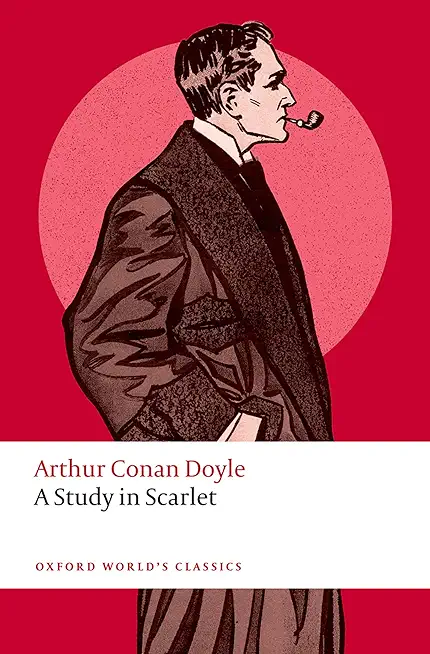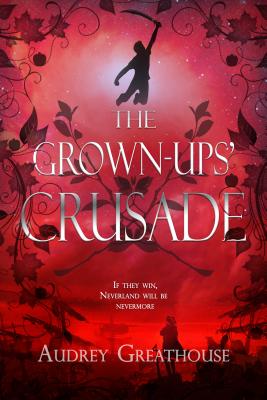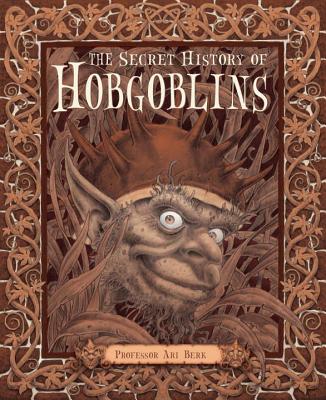
description
of murder running through the colourless skein of life." In Arthur Conan Doyle's A Study in Scarlet a popular cultural phenomenon is born. We meet two of the most famous characters in modern literary history: the consulting detective Sherlock Holmes and John Watson, an army doctor home on sick leave, for the first time. Through Watson we learn a little about the eccentric figure who is his new room-mate at 221B Baker Street, before they encounter their first case: an American visitor to the city has been killed in an empty house off the Brixton Road, and the only clue the police have is the mysterious word 'Rache', scrawled in blood-red letters on the wall. As Holmes sets to work with his unique forensic methods, behind the murder a tangled skein of love, religion, and revenge gradually unwinds, taking us from the streets of London to the Utah Territory, and back again. As Nicholas Daly's Introduction describes, out of this gripping tale grew the Holmes and Watson stories that would make Conan Doyle the best-paid author of his time. His creations have become household words, inspiring not only countless adaptations and imitations, but a Sherlock Holmes museum, Sherlock Holmes-themed pubs, and a whole array of Holmesian merchandise, from cushions to jigsaw puzzles. Here, though, we meet Holmes and Watson before they became famous, and we can see how their extraordinary impact on our popular culture derives from the late-Victorian world from which they emerge.
member goods
No member items were found under this heading.
Return Policy
All sales are final
Shipping
No special shipping considerations available.
Shipping fees determined at checkout.







